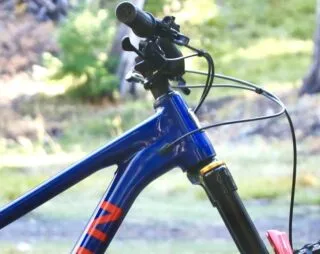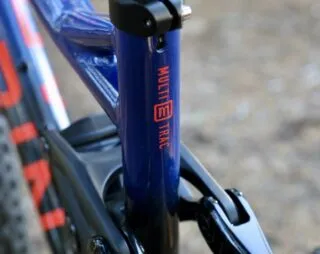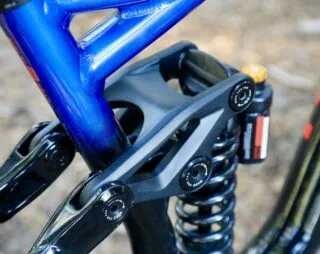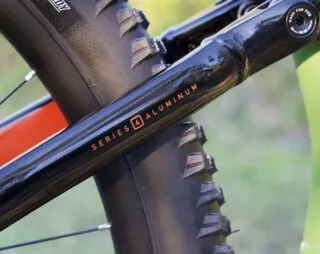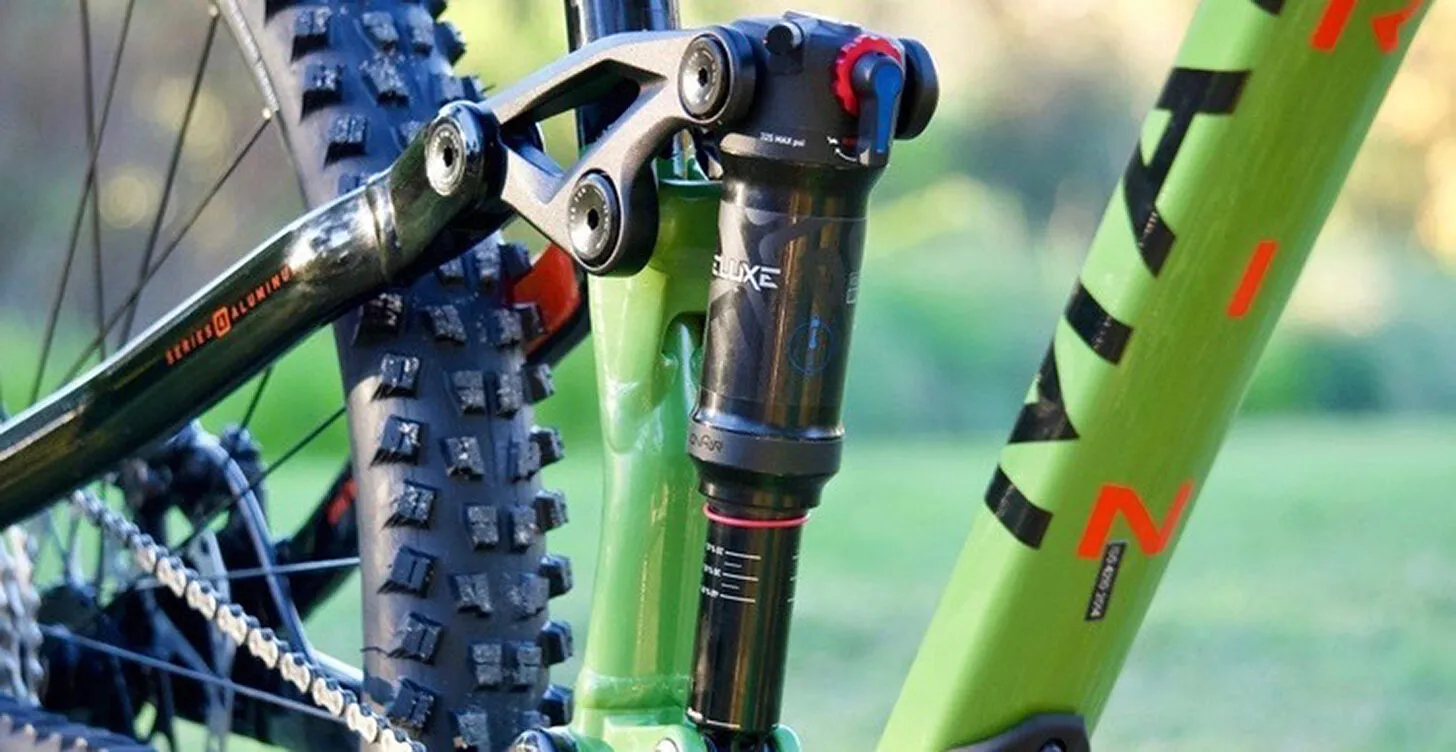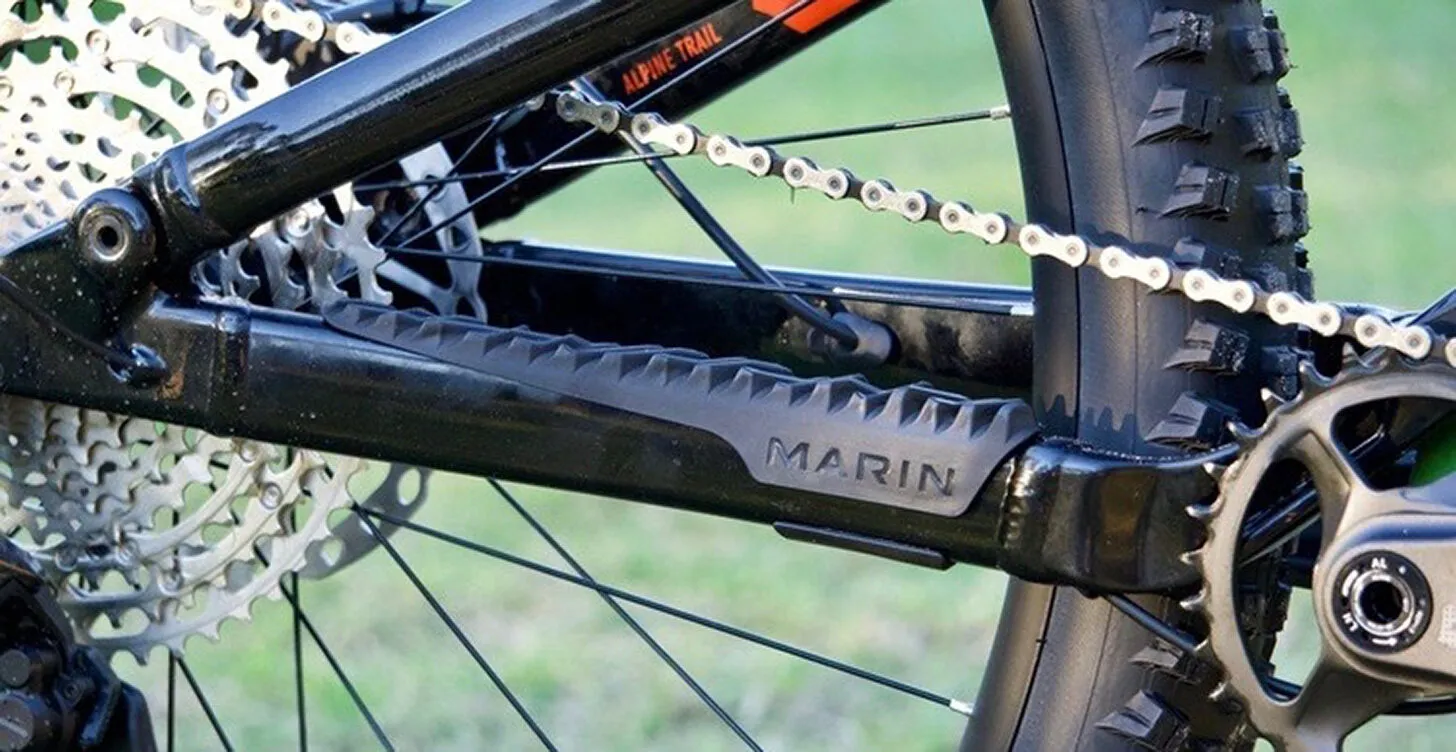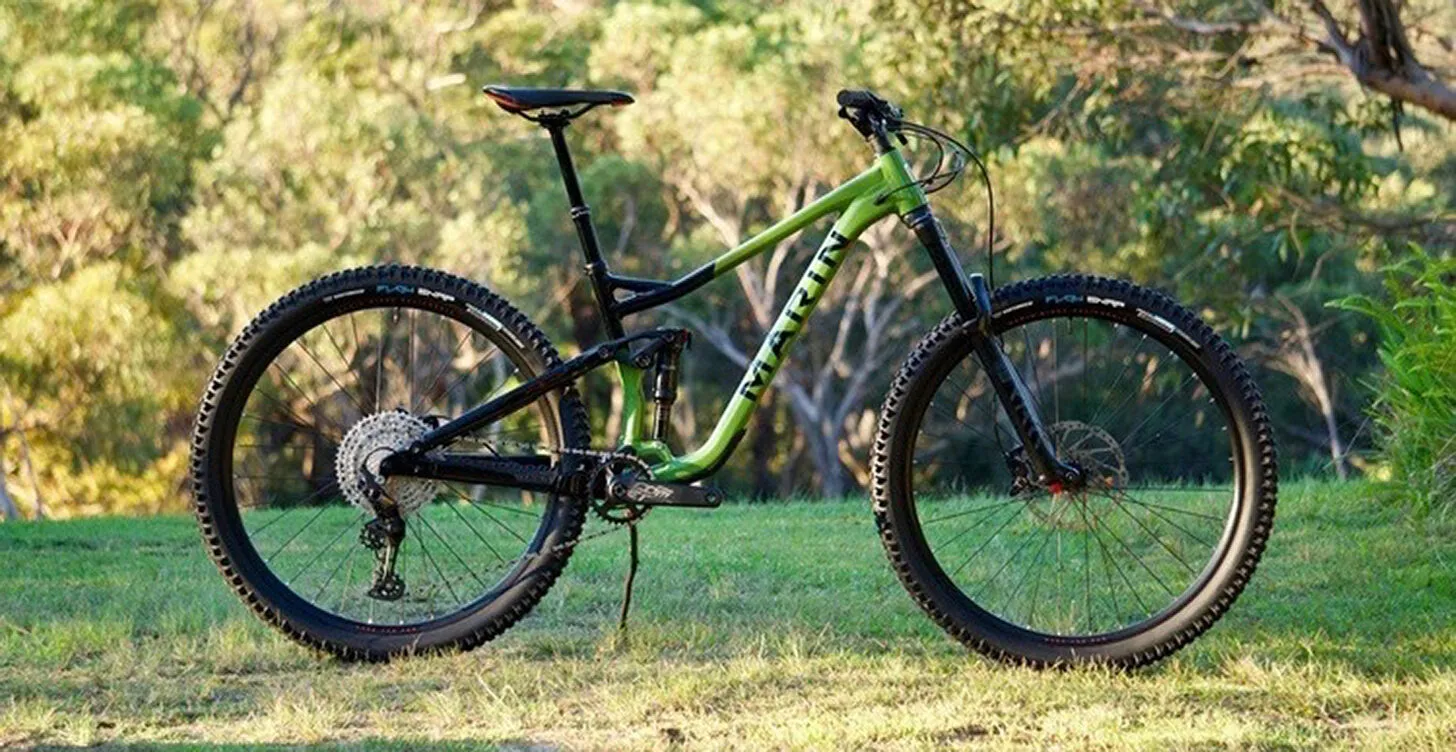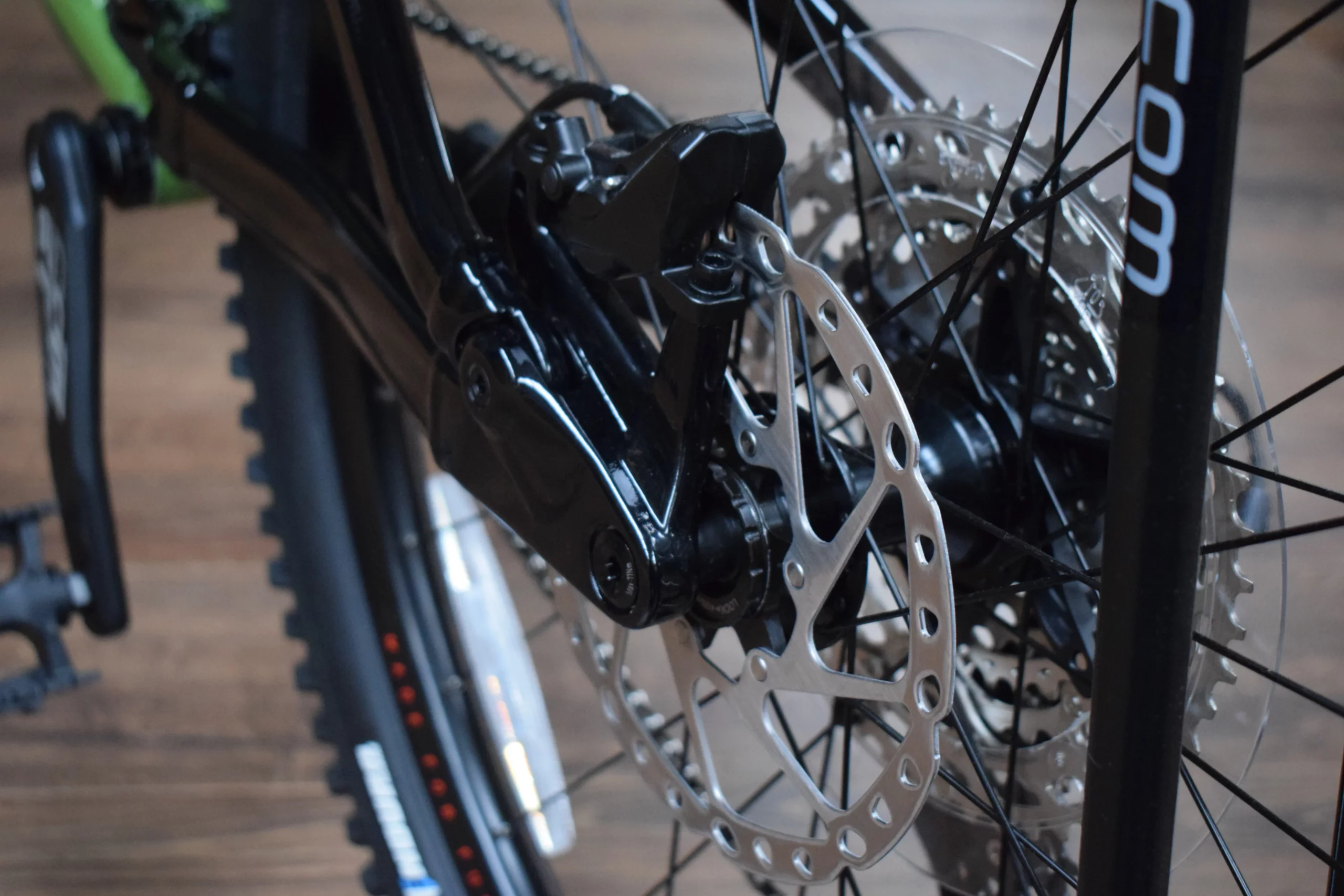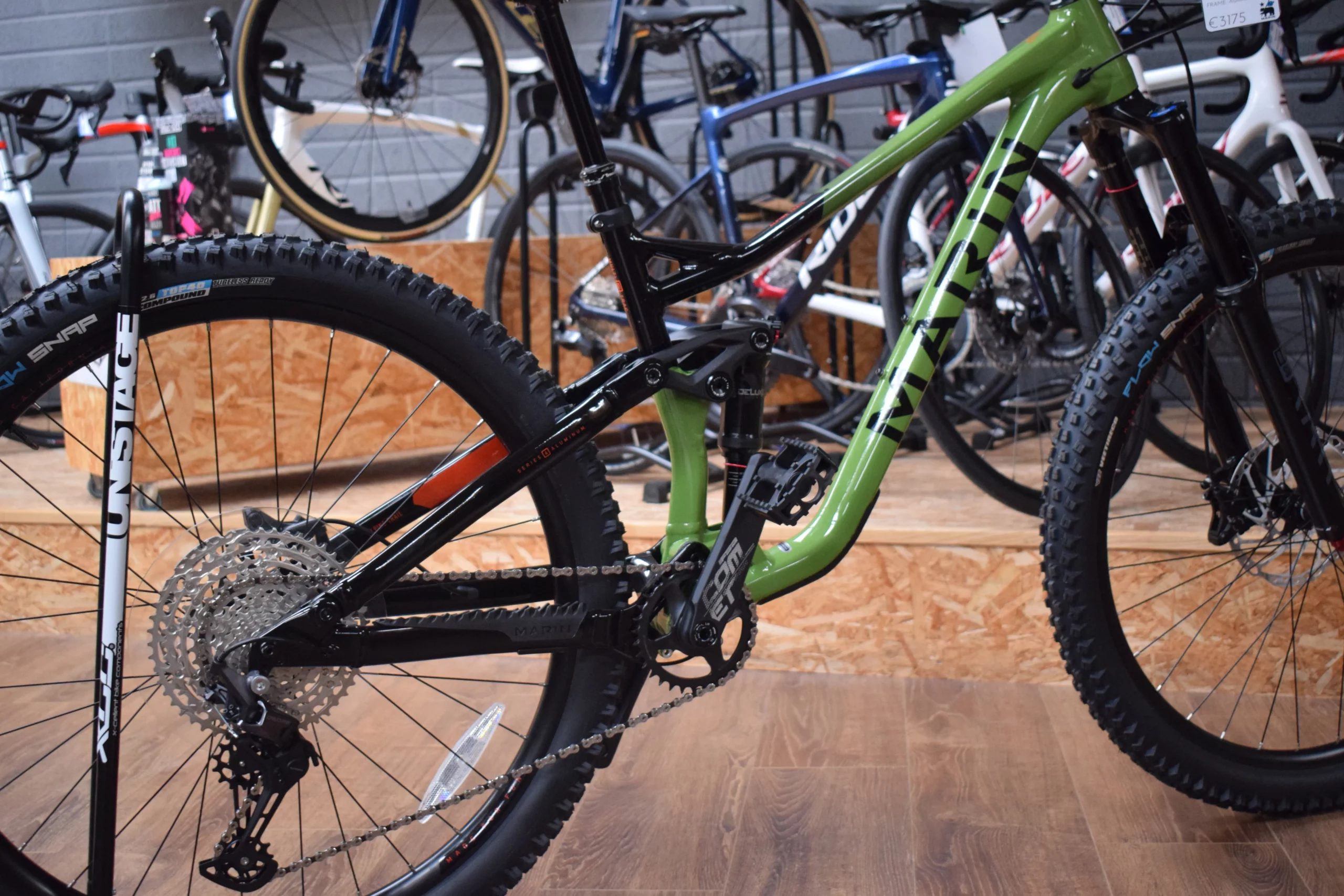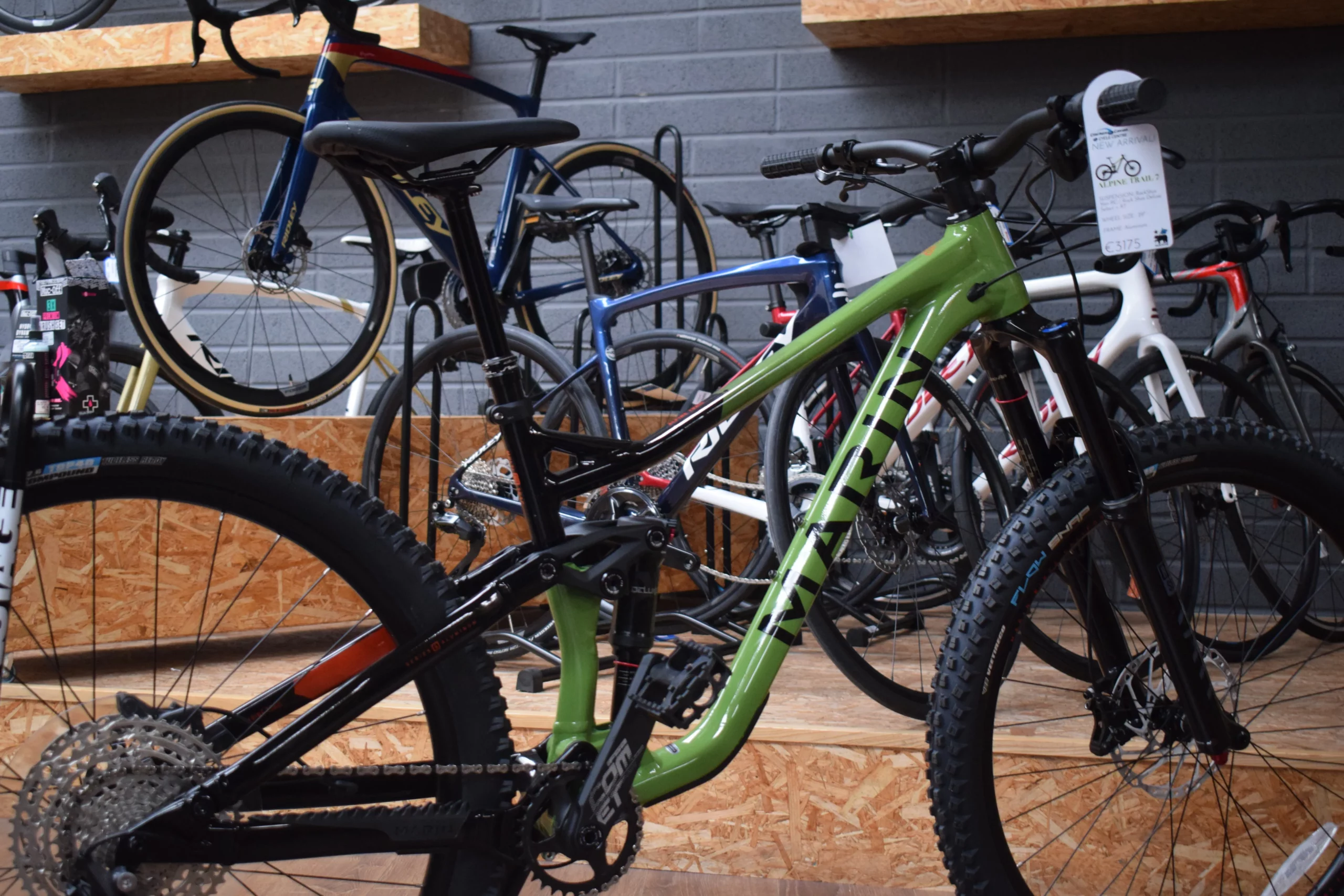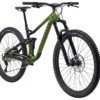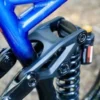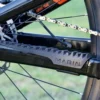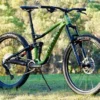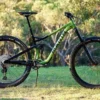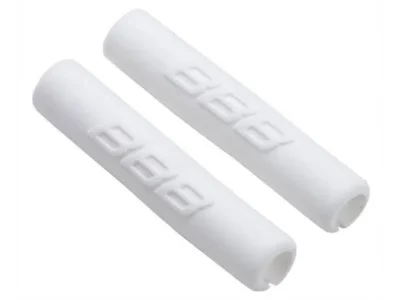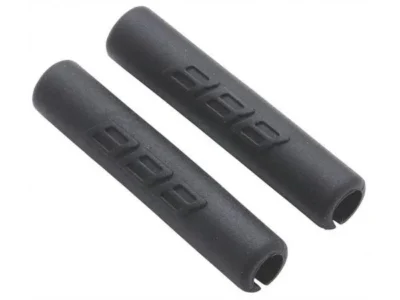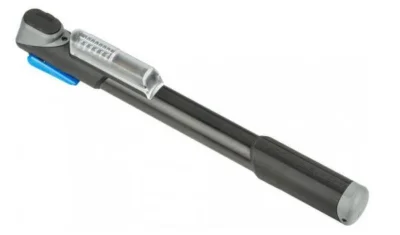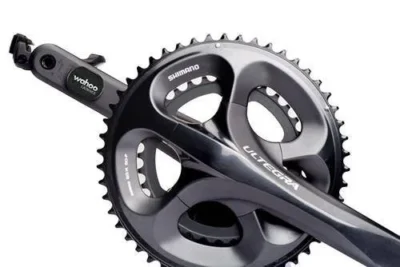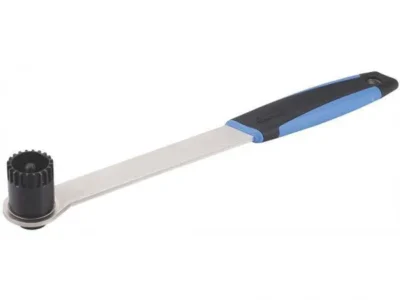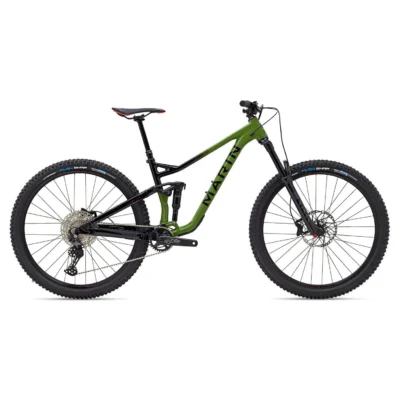
Marin Alpine Trail 7 29″ Mountain Bike Green
£2,579.13

Free Delivery
Yay! This item qualifies for Free Delivery, add to cart now!Big All-Mountain Days Where Travel and Geometry Matter Most. Built for Abuse and Rowdy Riding. Enduro-Style Riding and Racing. Big Bike, Big Wheels, Big Fun The Alpine Trail Is a 29” Wheeled Suspension Bike Built for The All Day Enduro Rider that Earns Their Downhill Fun.
Unidirectional Carbon Fiber Frame
Alpine Trail Carbon 1 and 2 models feature high-modulus carbon fibre and monocoque construction to deliver the strongest and stiffest Alpine Trail to date.
Series 4 Aluminum Frame
Alpine Trail models feature Series 4 aluminium frames, with detailed forgings, highly manipulated tubes, and full internal cable routing, giving the rider the highest-end alloy frame that Marin offers.
One Piece Forged Rocker
The heart of the Alpine Trail’s MultiTrac suspension is the forged one-piece rocker link. The strength and stiffness of the rocker keep the rear of the bike tracking straight, providing smooth suspension operation under the most demanding conditions.
Bridgeless Seatstay
The stiffness of the one-piece rocker link allows for a bridgeless seat stay design, offering zero compromises on stiffness while at the same time allowing for maximum tire clearance and short chainstays.
Modern Angles
The Alpine Trail has a slack 63.5º head tube angle paired with a steep 78º seat tube angle and long reach to provide the best modern trail bike experience. The bike lets you climb better than ever before while giving you even more confidence when descending.
Suspension Setup
Rear Shock Setup
Recommended Sag = 30%/19.5mm
Step 1: Set the correct pressure in the rear shock.
Step 2: Sit on the bike and cycle the suspension (*with the correct riding gear).
Step 3: Reset the O-ring and sit on the bike, DO NOT BOUNCE, carefully step off.
Step 4: Measure sag (from o-ring to seal of shock), If it does not match the bike’s recommended sag in millimetres repeat process.
Step 5: Adjust the rebound setting to ensure proper control.
Fork Set up
Marin recommends that all bikes' front and rear suspension feel balanced
Step 1: After the rear sag is set follow the recommended pressure from the fork manufacturer.
Step 2: Bounce evenly up and down on the bike, cycling the suspension up and down to make sure both front and rear suspension feel balanced, if the front does not match the rear add or release pressure.
Step 3: Once the bike feels balanced adjust the rebound damping to ensure proper control.
| Brand |
|---|
No Custom Charges to UK, Guaranteed!
We send all our parcels and pallets from the UK to the UK with Royal Mail and DSV so you can rest assure you will not receive any extra charges once your parcel arrives.
Delivery Cost(s)
Free delivery on orders over £99 applies in most cases, where a product is excluded from this it will be noted on the product page. Some items are large and cannot be sent for free. Delivery charges may differ.
Pallet Delivery
Please note: Some items require pallet delivery due to its weight and dimensions. While we strive to maintain a standard delivery cost, additional charges may apply for deliveries to remote locations. We appreciate your understanding and will contact you to confirm any additional costs before proceeding with your order. For more details on shipping and delivery, please visit our Shipping info page or contact our customer service team.
Delivery & Tracking
We send all our parcels with Royal Mail Tracked 48, you will receive a tracking number to your email once the order is dispatched. For larger pallet items we use DSV, you will receive a reference number and information on pallet delivery. Some items we sell will take more time because of size and dispatch location.
Need Help Regarding Delivery
If you still need further assistance regarding your delivery please contact the online department at 049 433 2166 or via email at [email protected]
Related products
Cycle Centre
Cycle Centre
Cycle Centre
Cycle Centre
Cycle Centre
Cycle Centre
Cycle Centre

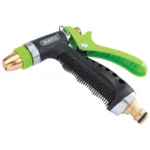 Garden Care
Garden Care Garden Decor
Garden Decor Garden Hand Tools
Garden Hand Tools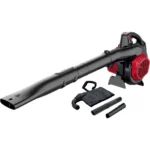 Garden Power Tools
Garden Power Tools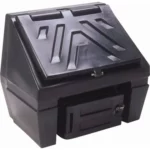 Garden Sheds & Storage
Garden Sheds & Storage Lawnmowers
Lawnmowers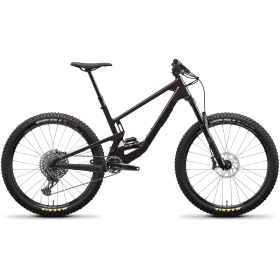 Bikes
Bikes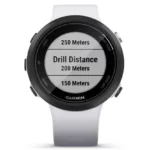 Bike Accessories
Bike Accessories Bike Clothing & Safety
Bike Clothing & Safety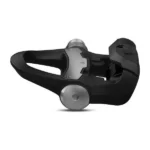 Brakes & Pedals
Brakes & Pedals Clothing & Shoes
Clothing & Shoes Drivetrain
Drivetrain E-Bikes & Scooters
E-Bikes & Scooters Exercise & Training
Exercise & Training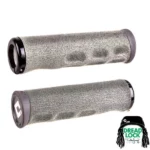 Finishing
Finishing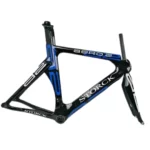 Frames & Forks
Frames & Forks Nutrition
Nutrition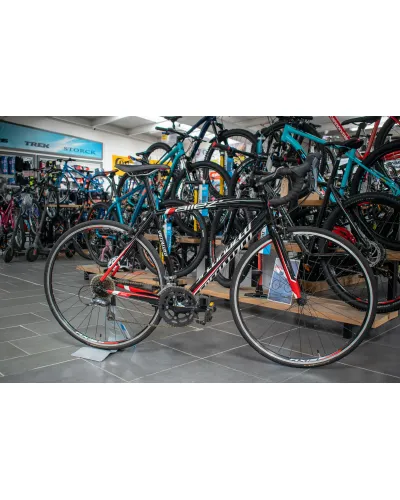 Pre Loved Bikes
Pre Loved Bikes Service Hub
Service Hub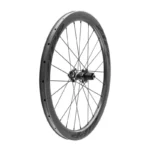 Wheels, Tyres & Tubes
Wheels, Tyres & Tubes Pedal & Ride On Toys
Pedal & Ride On Toys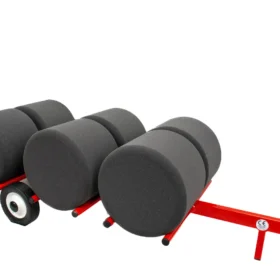 Killbran Metal Toys
Killbran Metal Toys Electric Ride Ons
Electric Ride Ons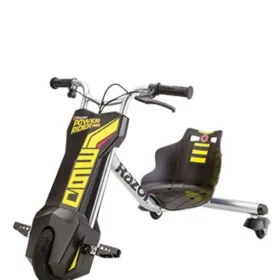 Scooters & 3 Wheelers
Scooters & 3 Wheelers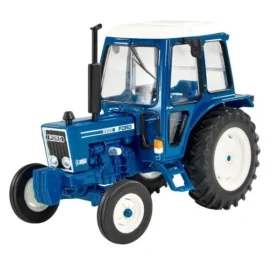 Small Farm Toys
Small Farm Toys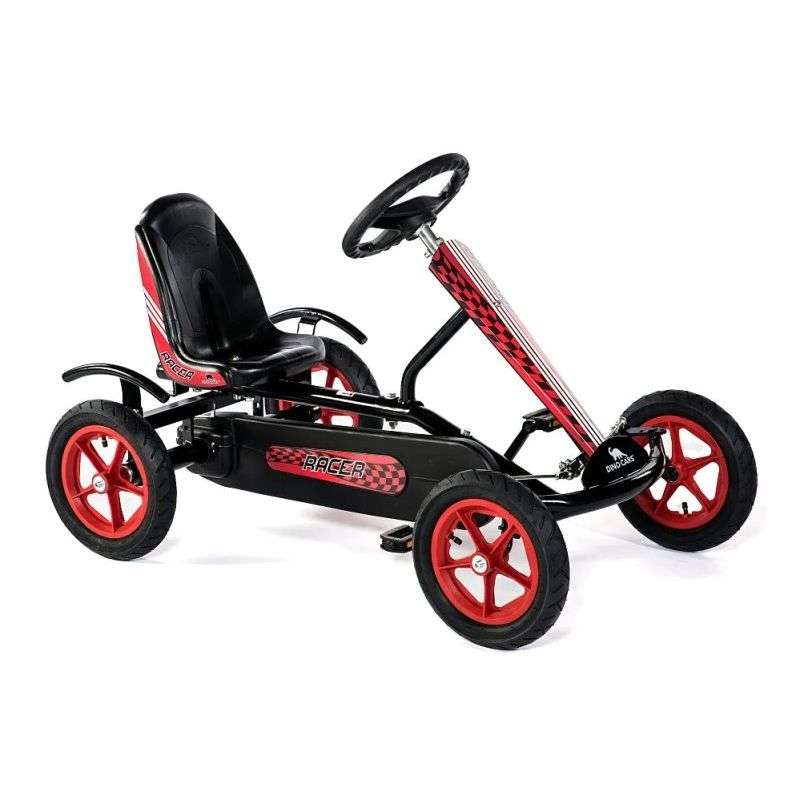 Go-Karts & Accessories
Go-Karts & Accessories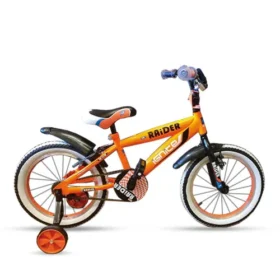 Kids Bikes
Kids Bikes Kids Clothing
Kids Clothing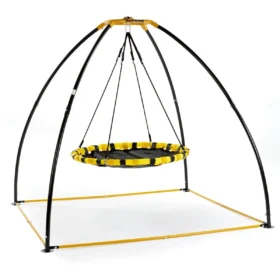 Kids Outdoor Toys
Kids Outdoor Toys Model Tractors & Attachments
Model Tractors & Attachments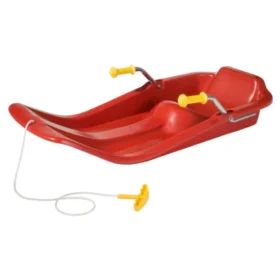 More Kids Toys
More Kids Toys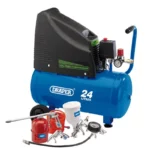 Air Tools & Compressors
Air Tools & Compressors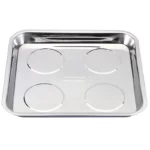 Automotive
Automotive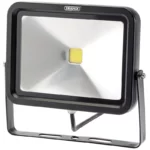 Electrical & Lighting
Electrical & Lighting Generators
Generators Hand Tools
Hand Tools Home & Household
Home & Household Ironmongery
Ironmongery Oils & Lubricants
Oils & Lubricants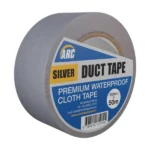 Painting & Decorating
Painting & Decorating Power Tool Attachments
Power Tool Attachments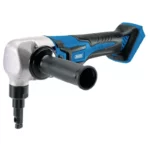 Power Tools
Power Tools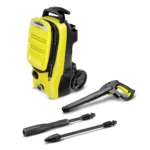 Pressure Washers
Pressure Washers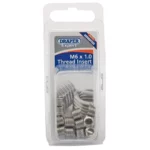 Screws, Bolts & Fixings
Screws, Bolts & Fixings Security
Security Sprays, Adhesives & Sealants
Sprays, Adhesives & Sealants Tool Storage & Handling
Tool Storage & Handling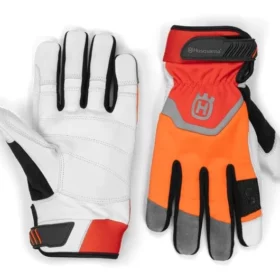 Husqvarna
Husqvarna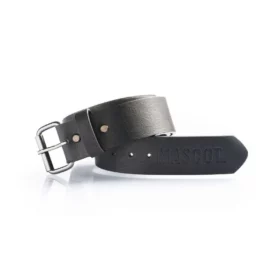 Mascot Workwear
Mascot Workwear Other Brands
Other Brands Regatta
Regatta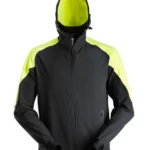 Snickers
Snickers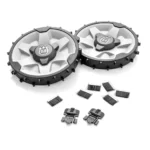 Automower Parts
Automower Parts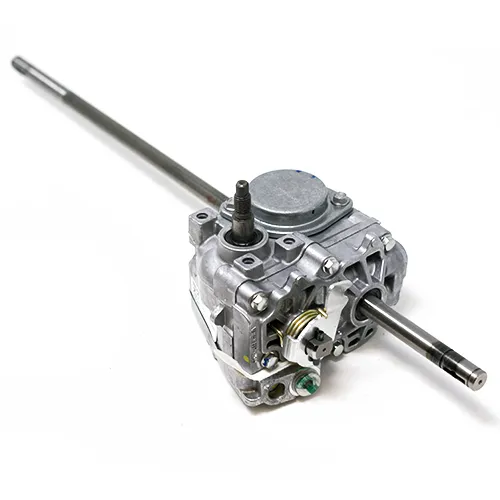 Lawnmower Parts
Lawnmower Parts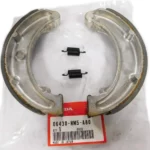 Quad Parts
Quad Parts Robot Mower Parts
Robot Mower Parts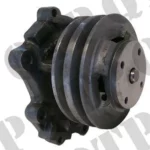 Sprayer Pumps & Parts
Sprayer Pumps & Parts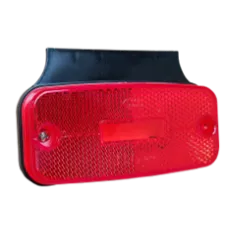 Electrics & Trailer and Work Lighting
Electrics & Trailer and Work Lighting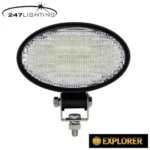 Electrics & Trailer Lighting
Electrics & Trailer Lighting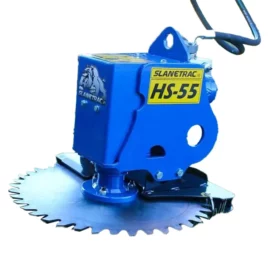 Farm Implements
Farm Implements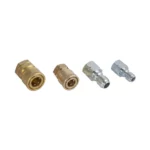 Farm Supplies
Farm Supplies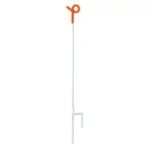 Fencing Equipment
Fencing Equipment Hydraulics
Hydraulics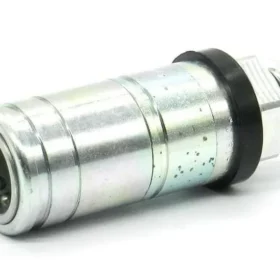 Kubota Tractor & RTV Parts
Kubota Tractor & RTV Parts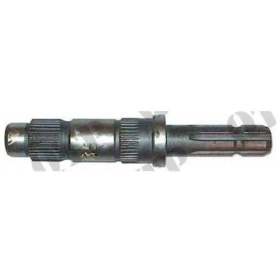 PTO
PTO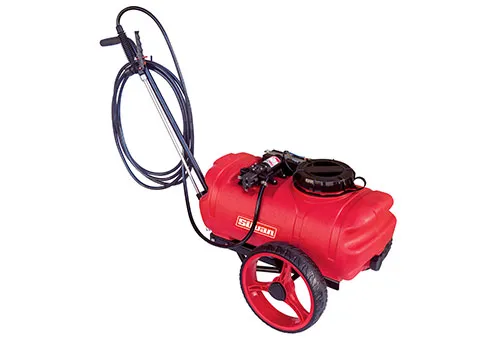 Quad Attachments & Parts
Quad Attachments & Parts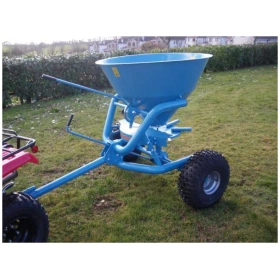 Quad Parts & Attachments
Quad Parts & Attachments Slings & Straps
Slings & Straps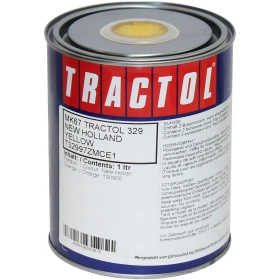 Tractor Paint
Tractor Paint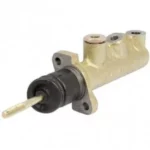 Tractor Parts & Fluids
Tractor Parts & Fluids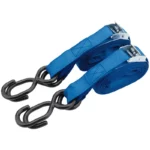 Trailer Parts & Spares
Trailer Parts & Spares

